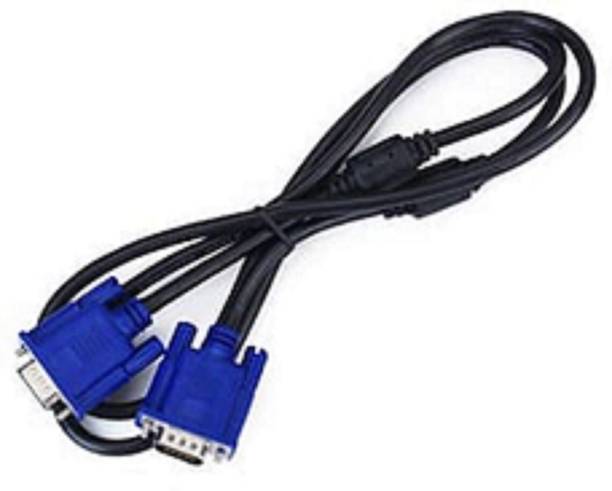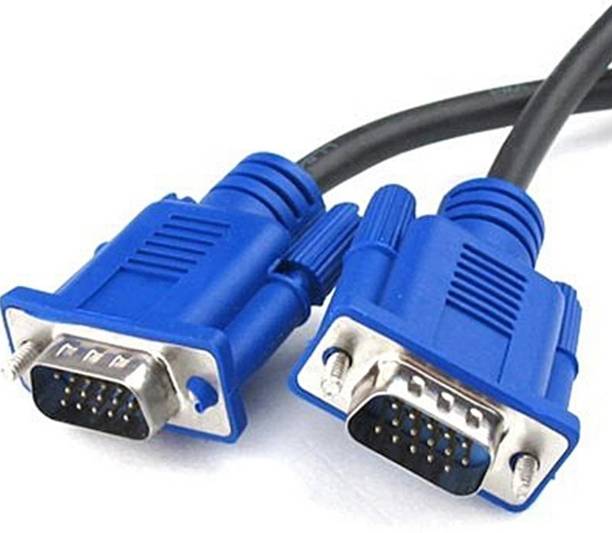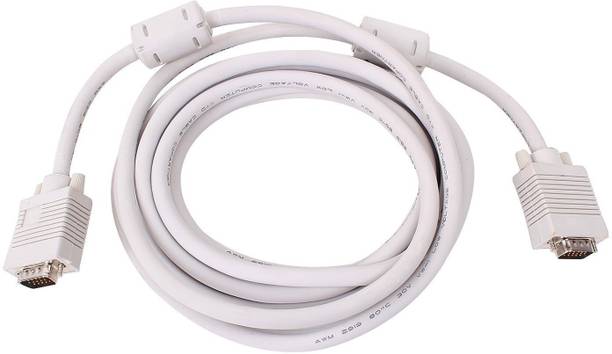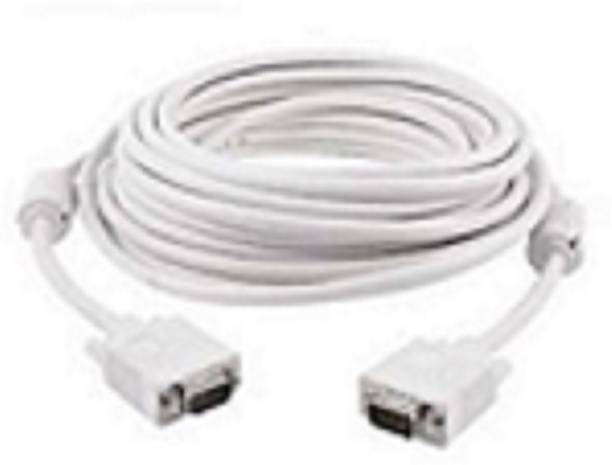Filters
Price
.
.
.
.
.
.
to
?
Brand
158 MORE
Customer Ratings
Offers
Discount
Platform
Type
Interface
Availability
Vga Cables
(Showing 1 – 40 products of 1,516 products)Sort By
Relevance
Popularity
Price -- Low to High
Price -- High to Low
Newest First

Jainendratech TV-out Cable 1.5 M 15 Pin VGA Cable for ...
Black, For Computer, 1.5 m
4.2
(42)₹196
₹500
60% off
Only few left
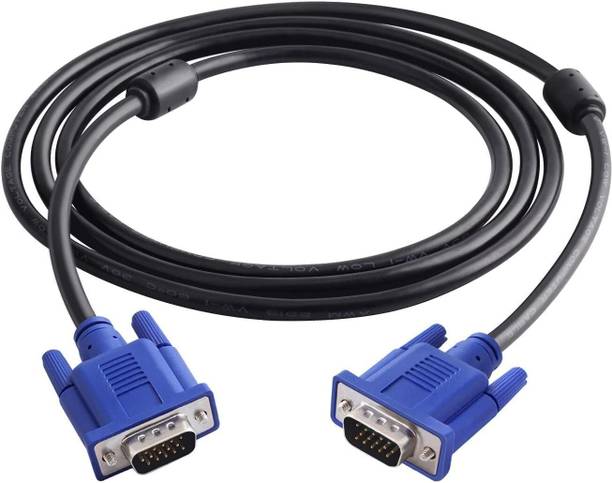
RyzCare TV-out Cable 1.5 Meter 15 Pin Male to Male VGA...
LED TV Black & Blue 1.5 M, For Computer, 1.5 m
3.5
(19)₹158
₹799
80% off
Only few left
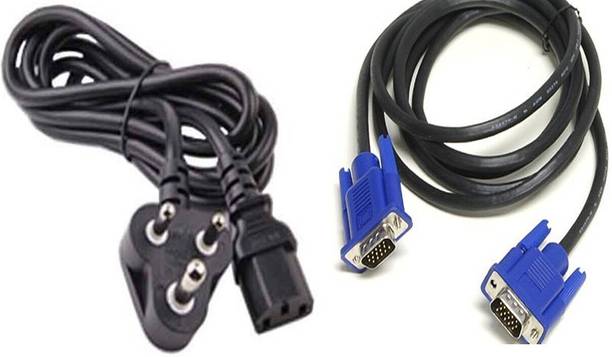
SANEHA TV-out Cable PC And VGA Cable combo set
Black, For Laptop, 1.5 m
3.6
(42)₹231
₹499
53% off
Only few left
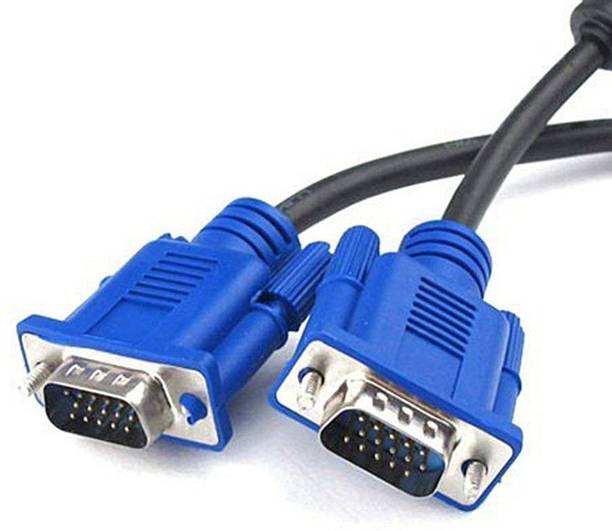
Loginpower TV-out Cable Cable 1.5 M 15 Pin VGA Cable f...
Black, For Computer, 1.5 m
3.5
(297)₹174
₹399
56% off
Only few left
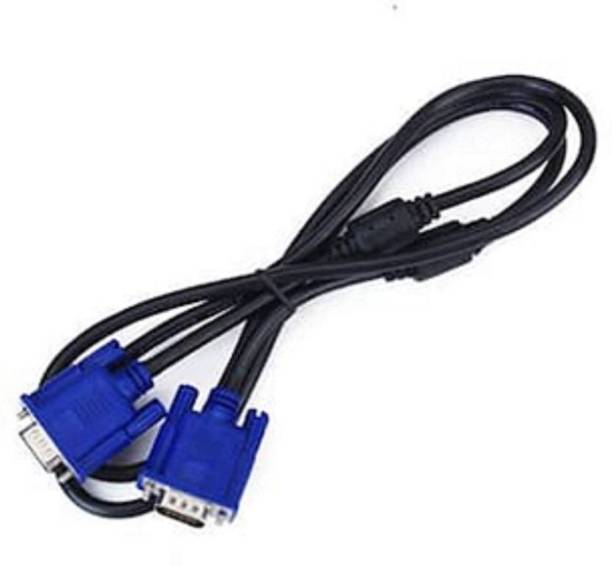
Rebhim TV-out Cable VGA Male to Male Cable 1.5 Meter
Black, For Computer, 1.5 m
3.7
(191)₹159
₹399
60% off
Only 4 left
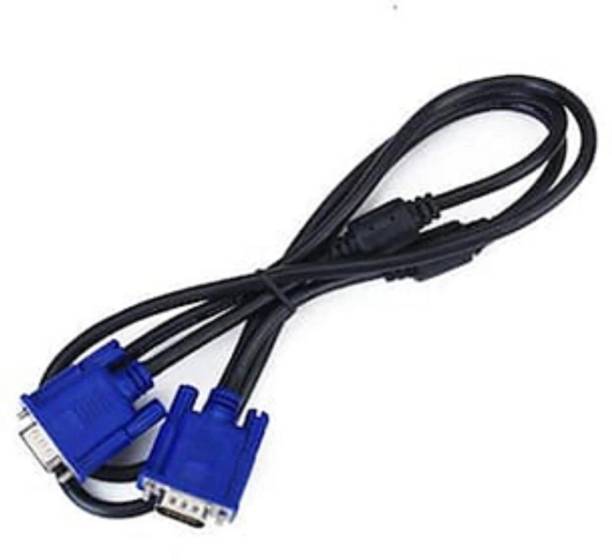
TECHON TV-out Cable Cable 1.5 M 15 Pin VGA Cable for L...
Black, For Computer, 1.5 m
3.6
(4,809)₹169
₹299
43% off
Only few left
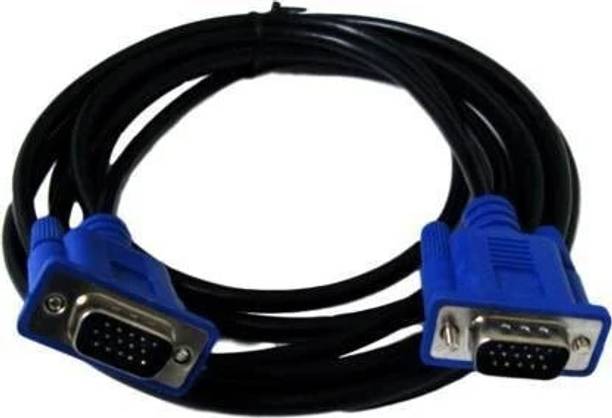
Sireen TV-out Cable 1.5 Meter 15 Pin Male to Male VGA ...
Black, For Laptop, 1.5 m
3.6
(384)₹175
₹299
41% off
Only few left
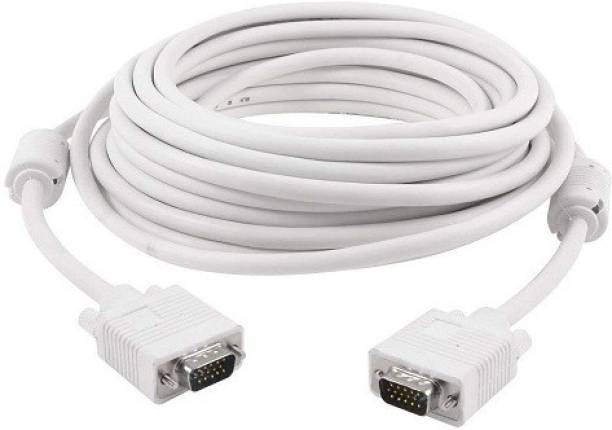
PAC TV-out Cable vga cable high speed 5 meter(White, F...
White, For Computer, 5 m
3.9
(422)₹299
₹499
40% off
Only few left
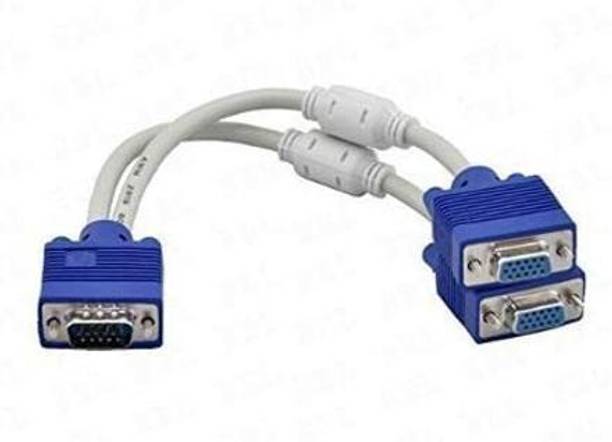
RyzCare TV-out Cable VGA Male to 2 VGA Female 15 Pin
White, For TV, 0.3 m
₹400
₹799
49% off
Only few left

TECHON TV-out Cable tft vga cable 1.5 mtr
Black, For Computer, 1.5 m
3.7
(503)₹201
₹299
32% off
Only few left
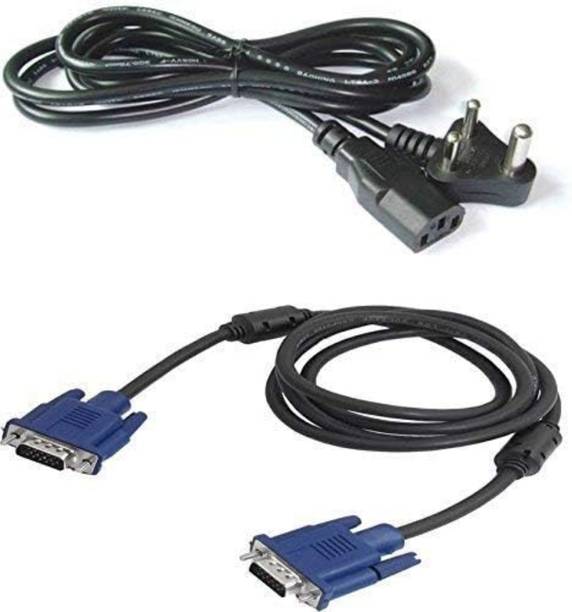
TECHON TV-out Cable Set of Male to Male 15 Pin VGA and...
Black, For Computer
3.7
(26)₹222
₹999
77% off
Only few left
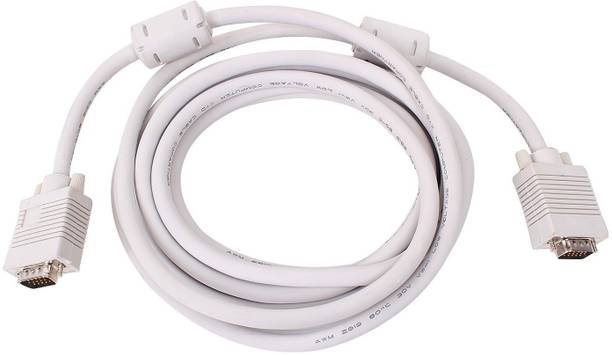
TERABYTE TV-out Cable Terabyte 5 Meters High Quality V...
White, For Computer
3.9
(56)₹267
₹700
61% off
Hot Deal

GhNiSw TV-out Cable VGA Cable 1.5 Meter 15 Pin For Con...
Black, For Computer, 1.5 m
3.3
(9)₹182
₹999
81% off
Only few left

TERABYTE TV-out Cable VGA 5 Meter Cable Male To Male 1...
White, For Computer
3.3
(42)₹279
₹849
67% off
Only few left
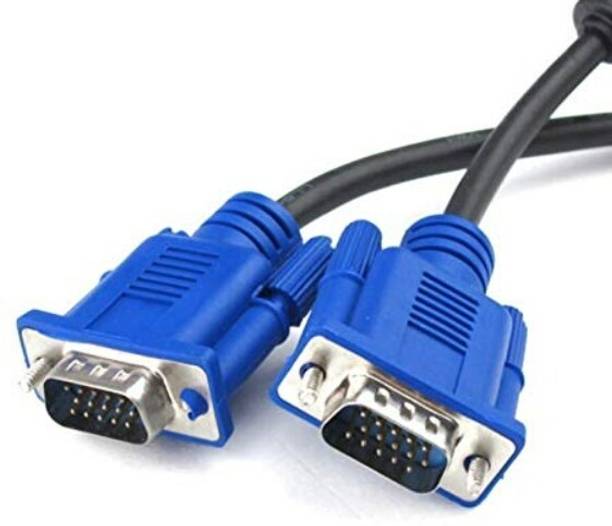
Tipton TV-out Cable Male-Male 1.5 Meters High Quality ...
Black, For Computer, 1.5 m
3.7
(53)₹203
₹499
59% off
Only few left
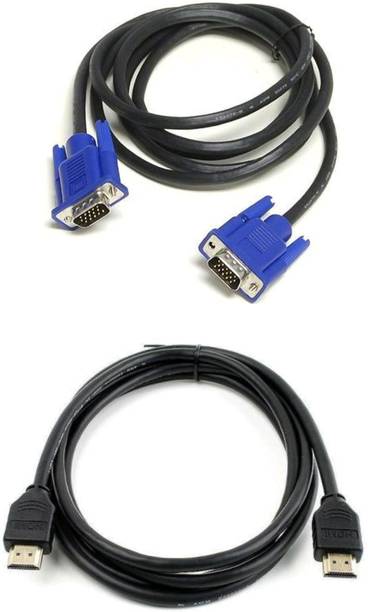
PAC TV-out Cable Combo Male to Male VGA Cable 1.5 Mete...
Black, For Computer
3.3
(12)₹228
₹699
67% off
Lowest price since launch
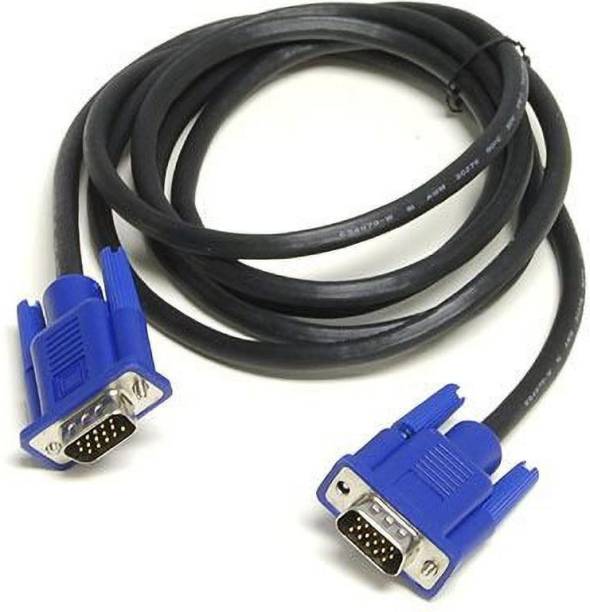
TECHON TV-out Cable TV-out Cable 1.5 Meters High Quali...
Black, For Computer, 1.5 m
3.6
(1,218)₹188
₹299
37% off
Only few left
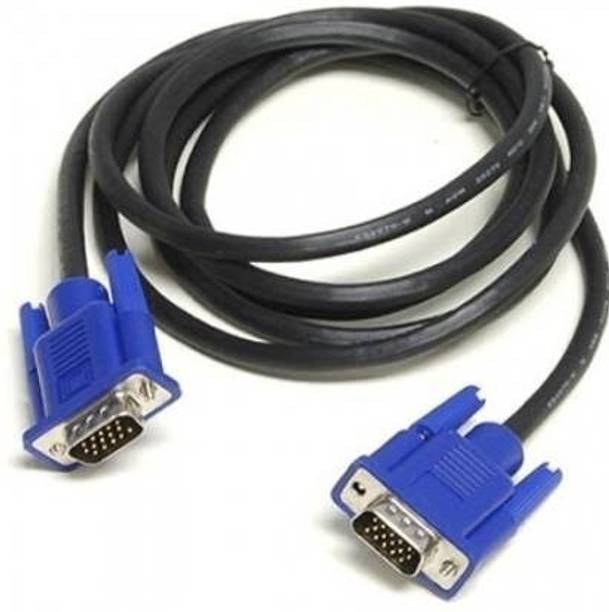
TERABYTE TV-out Cable VGA CABLE | MALE TO MALE | 1.5 M...
Black, For Computer
3.6
(383)₹172
₹499
65% off
Only few left
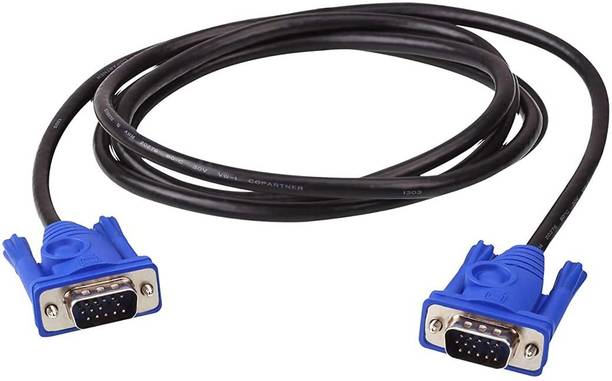
Sage TV-out Cable VGA Cable for Personal Computer 1.5M...
Black, For Computer, 1.5 m
3.5
(13)₹191
₹999
80% off
Only few left
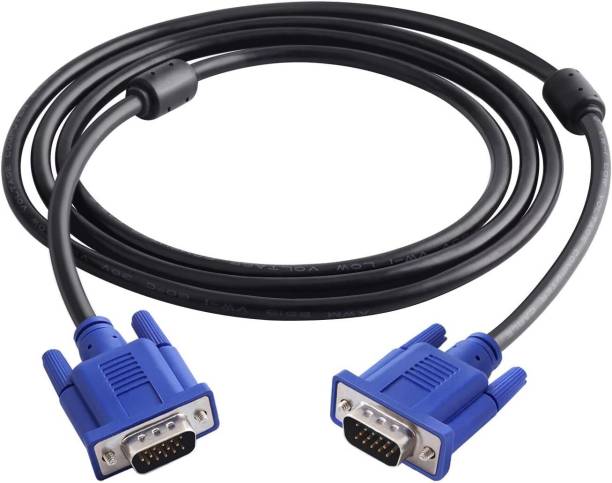
Sage TV-out Cable VGA to VGA Cable 1.5 Meter Support P...
Black, For Computer, 1.5 m
3.3
(72)₹179
₹399
55% off
Only few left
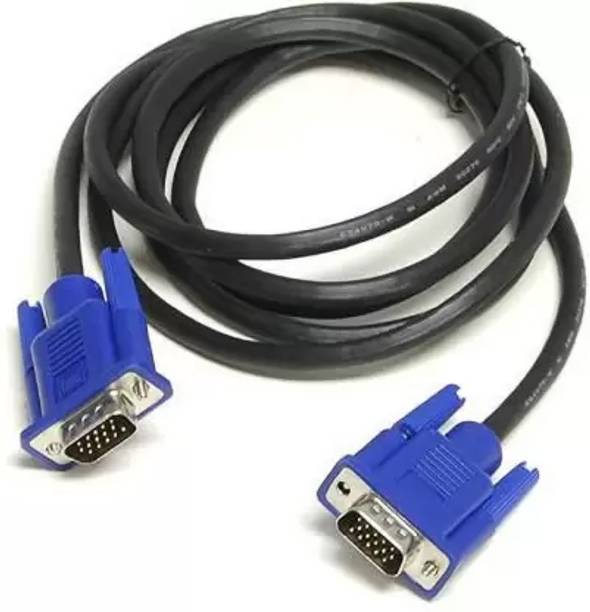
Neeteck TV-out Cable VGA Cable 1.5 Meter 15 Pin For Co...
Blue, For Computer, 1.5 m
3.9
(7)₹199
₹399
50% off
Only few left
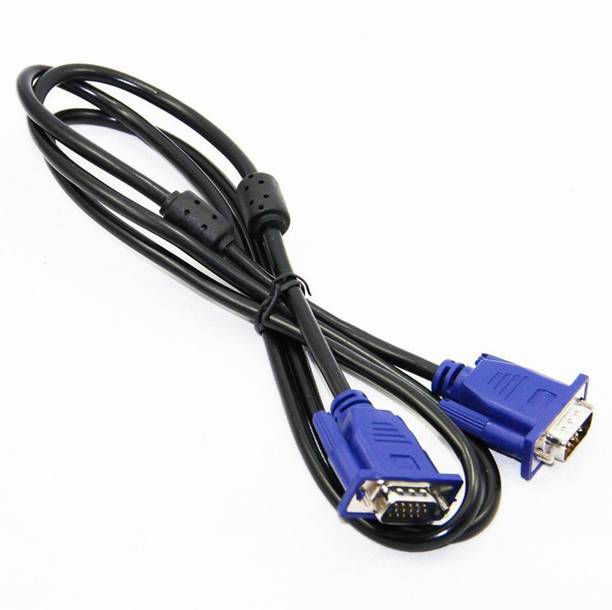
WONDER CHOICE TV-out Cable 1.5 Meter Long 15 Pin Male ...
Black, For Computer, 1.5 m
3.5
(67)₹190
₹399
52% off
Only few left
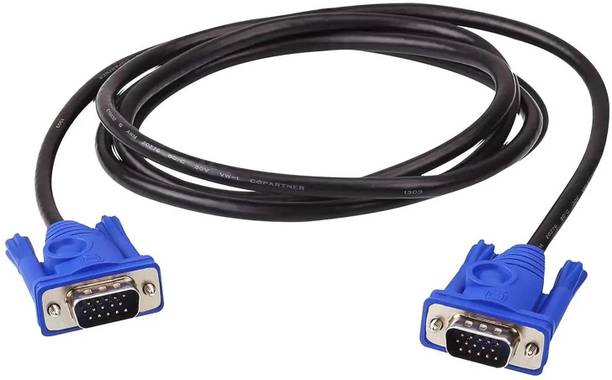
SVDK TV-out Cable 15Pins Male To Male VGA To VGA Cable...
Black, For Computer, 1.5 m
3.6
(19)₹189
₹999
81% off
Only few left

TERABYTE TV-out Cable High Quality VGA 15 Pin Male-Mal...
White, For Computer, 5 m
3.3
(4)₹366
₹1,000
63% off
Only few left
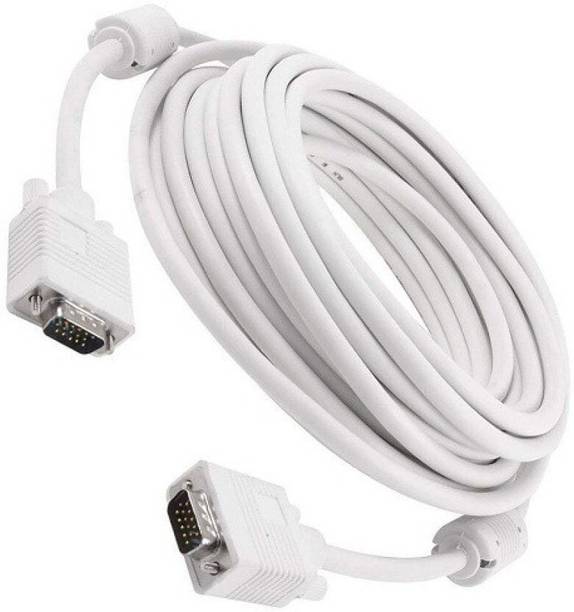
TERABYTE TV-out Cable High Quality VGA 15 Pin Male-Mal...
White, For Computer, 10 m
3.8
(24)₹613
₹1,500
59% off
Only few left
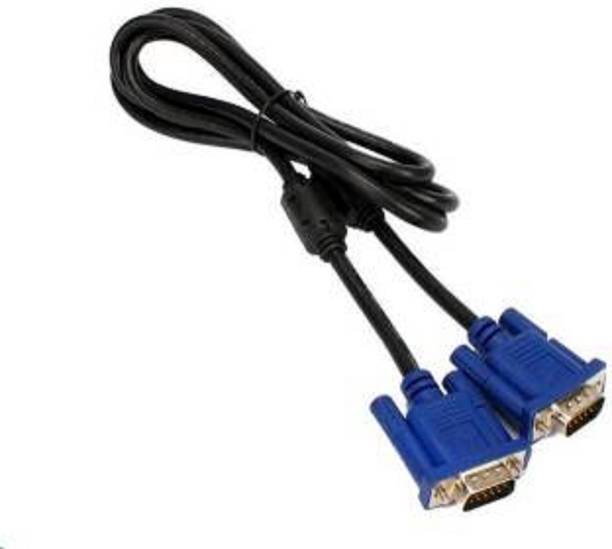
TECHON TV-out Cable 1.5 meter vga cable
Black, For Computer, 1.5 m
3.6
(159)₹186
₹299
37% off
Only few left

TERABYTE TV-out Cable High Quality VGA 15 Pin Male-Mal...
White, For Computer, 10 m
3.3
(3)₹713
₹2,000
64% off
Only few left

KAVTRON TV-out Cable Computer VGA Cable Male to Male T...
Black, Blue, For Computer, 1.5 m
3.5
(16)₹196
₹599
67% off
Only few left

KR INFOTECH TV-out Cable vga male to male cable 1.5 me...
Multicolor, For Computer
2.7
(3)₹188
₹599
68% off
Only few left
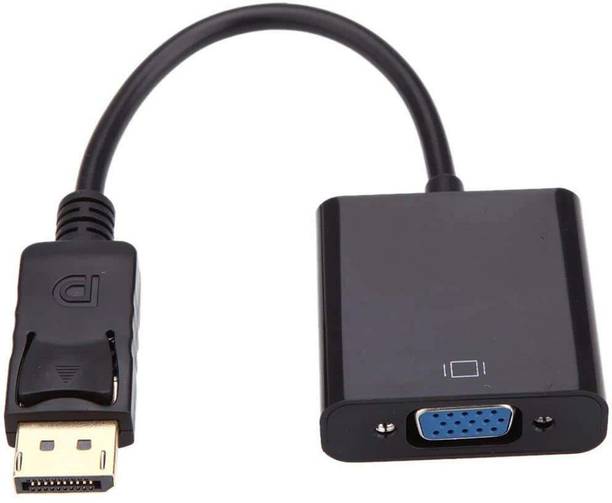
CVG TV-out Cable DP to VGA Adapter | Plug & Play 1080p
Black, For Computer, 0.6 m
₹235
₹499
52% off
Only few left
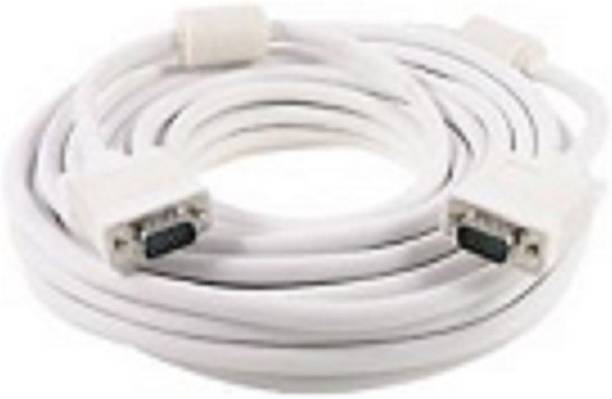
TECHON TV-out Cable 15 pin male to male 10 meter vga c...
White, For Computer
3.9
(116)₹486
₹799
39% off
Only few left
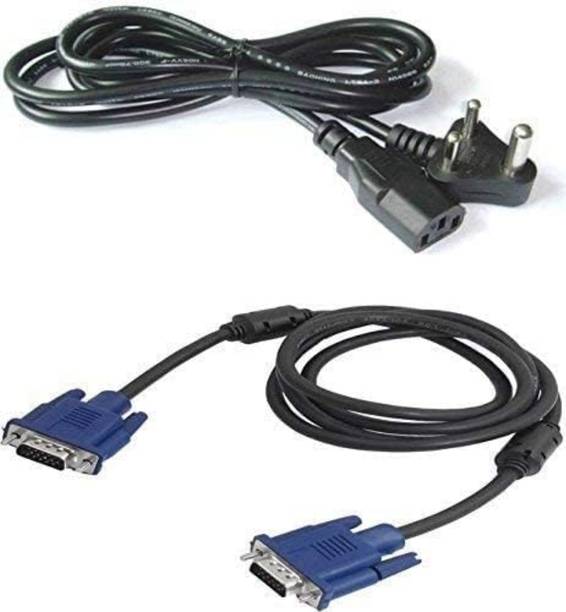
TECHNO TV-out Cable 1.5 m Combo Set of Male to Male 15...
Black, For Computer, 1.5 m
3.3
(4)₹249
₹799
68% off
Only few left
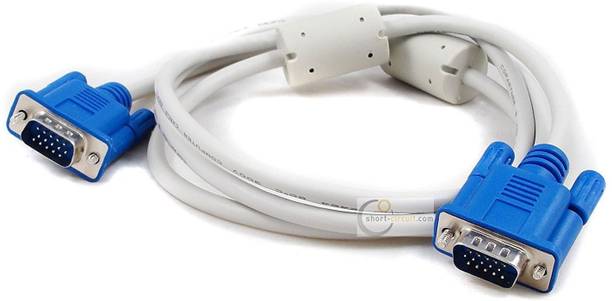
LipiWorld TV-out Cable VGA Male To Male 15 PIN Cable P...
White, For Laptop
2.9
(7)₹262
₹599
56% off
Only few left

NEXZIA TV-out Cable 1.5 Meters High Quality VGA 15 Pin...
1.5 Meters High Quality VGA 15 Pin Male&Male Cable Blue, For Computer, 1.5 m
₹198
₹999
80% off
Only few left
Page 1 of 38
Did you find what you were looking for?
YesNo
Reviews for Popular Gaming Accessories
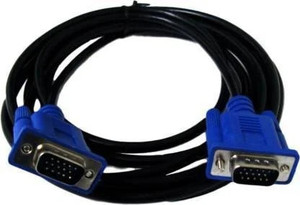
1. Sireen TV-out Cable 1.5 Me...
3.6
384 Ratings&23 Reviews₹175
41% off
- VGA Cable
- For Laptop
- computer, TV, CPU Interface
Most Helpful Review
1
Worthless
Very low quality. When connected the dispaly is not clear and have lot of grains
Read full reviewBibin Mohan
Certified Buyer
2 months ago
Recent Review
1
Worthless
Very low quality. When connected the dispaly is not clear and have lot of grains
Read full reviewBibin Mohan
Certified Buyer
2 months ago

2. TECHON TV-out Cable tft vg...
3.7
503 Ratings&56 Reviews₹201
32% off
- high speed
- For Computer
- computer Interface
Most Helpful Review
4
Really Nice
if you are buying them for a temporary time than it's best but if you are thinking that it's the best for replacing a 600rs VGA cable then you are wrong
pric...
Read full reviewpric...
Dhruv Kumar
Certified Buyer
Jul, 2018
Recent Review
2
Not good
Low quality and dumb product no any quality standards very Frustrating quality cheap than Chinese quality Not Usable at any condition only if you want to ris...
Read full reviewAnurang Kumar
Certified Buyer
4 months ago

3. PAC TV-out Cable Combo Mal...
3.3
12 Ratings&1 Reviews₹228
67% off
- Hdmi and vga
- For Computer
- Laptop, computer, tv Interface
Most Helpful Review
5
Must buy!
Best
Read full reviewAbhishek Gowda
Certified Buyer
3 months ago
Recent Review
5
Must buy!
Best
Read full reviewAbhishek Gowda
Certified Buyer
3 months ago
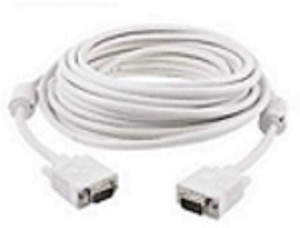
4. TECHON TV-out Cable 15 met...
4.1
203 Ratings&21 Reviews₹670
58% off
- high speed
- For Computer
- vga Interface
Most Helpful Review
5
Must buy!
high quality cable full HD
Read full reviewRajinder Singh
Certified Buyer
Dec, 2018
Recent Review
5
Wonderful
Very good product I like this product
Read full reviewFlipkart Customer
Certified Buyer
Apr, 2023
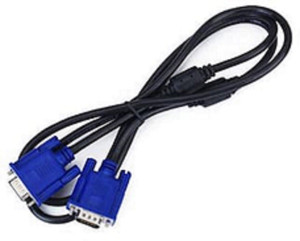
5. TECHON TV-out Cable to-21
3.7
998 Ratings&100 Reviews₹182
38% off
- high speed
- For Computer
- vga Interface
Most Helpful Review
5
Classy product
One of the best VGA cables
Read full reviewFlipkart Customer
Certified Buyer
Jan, 2023
Recent Review
3
Does the job
It's ok but nuts can be imp
Read full reviewSITARAM MAHARANA
Certified Buyer
3 months ago
Back to top

